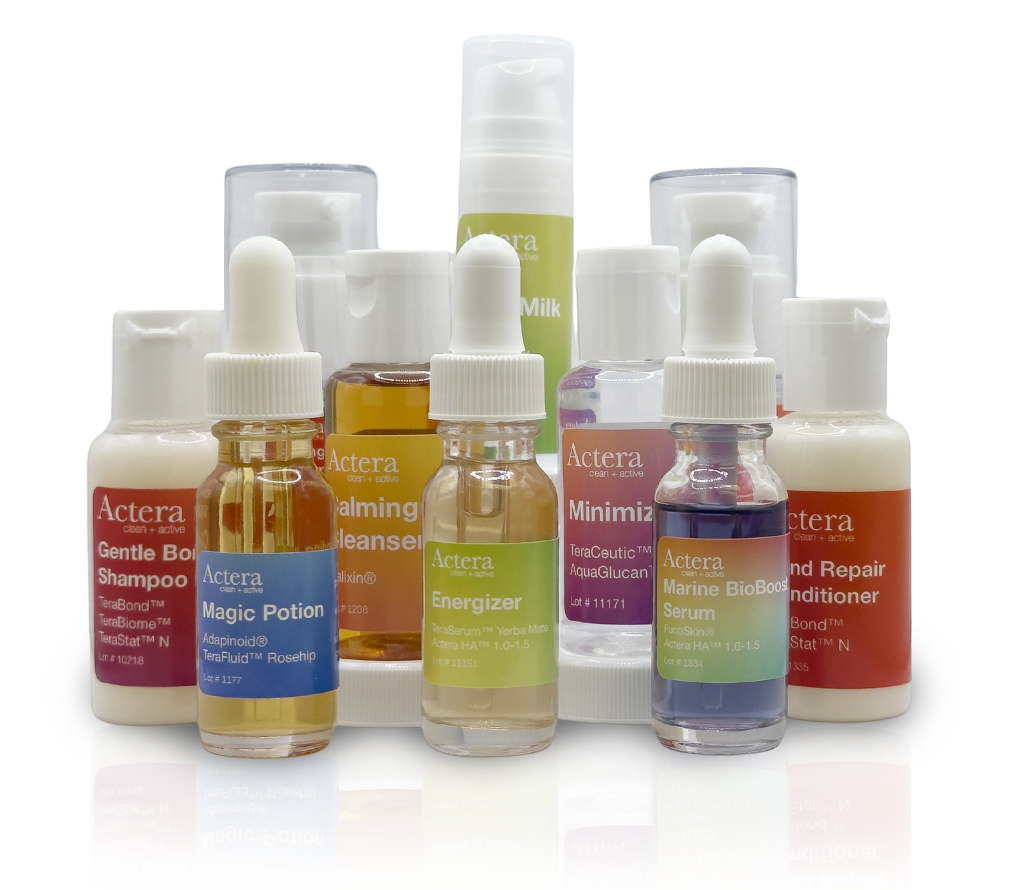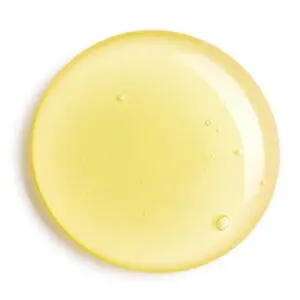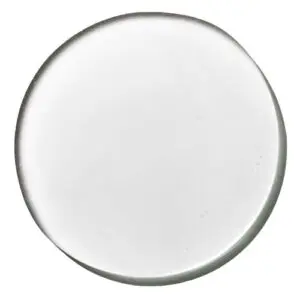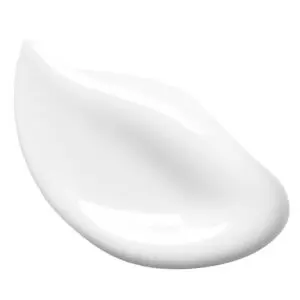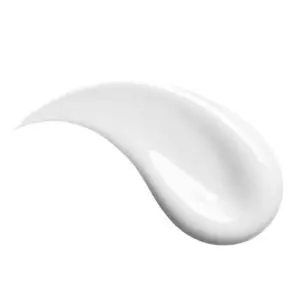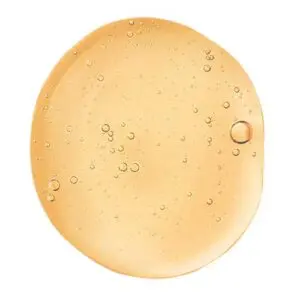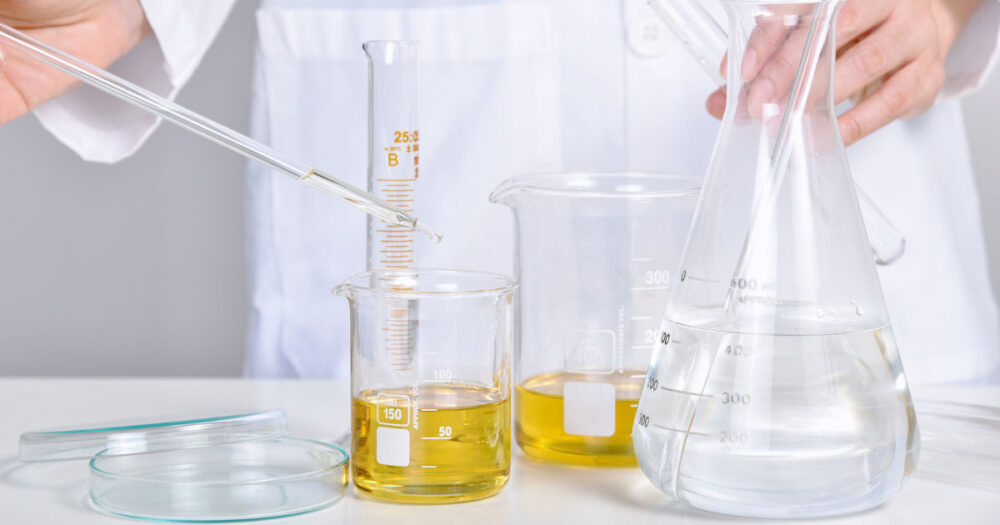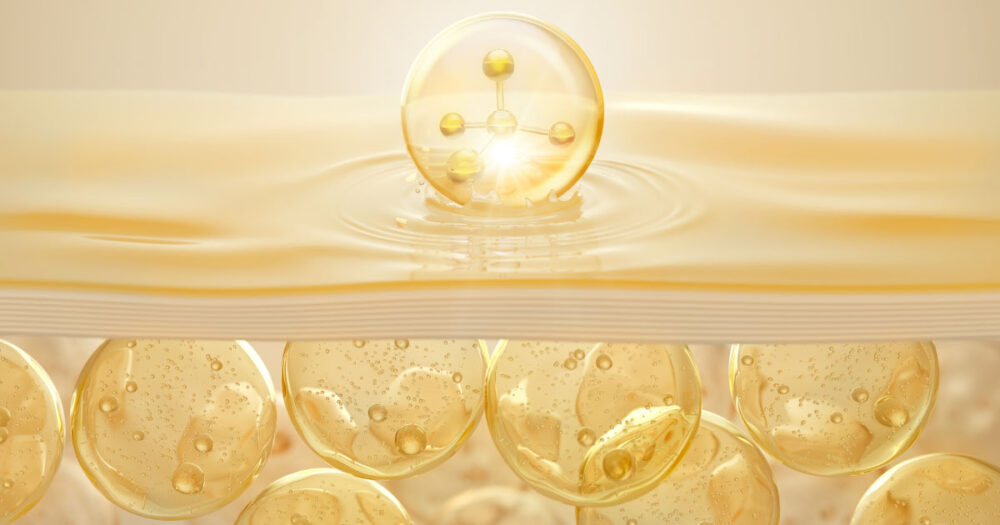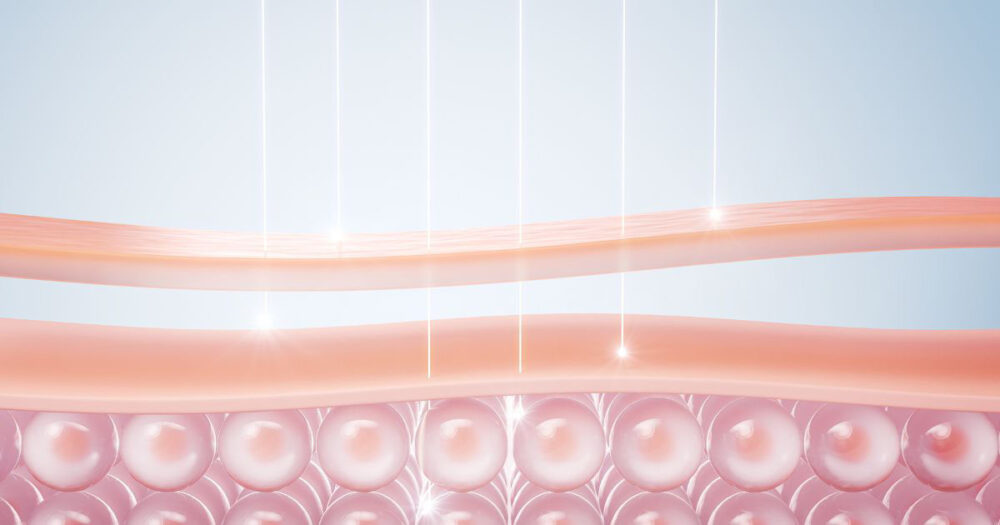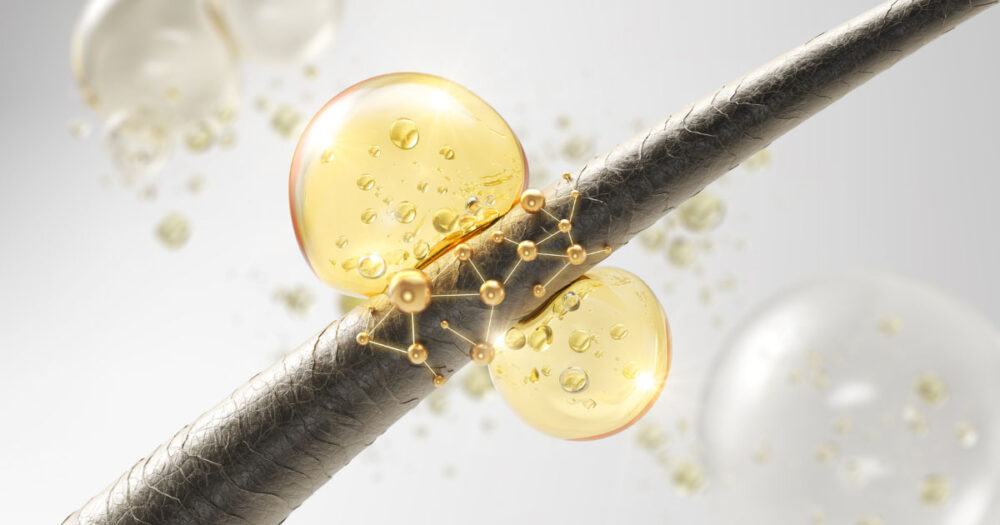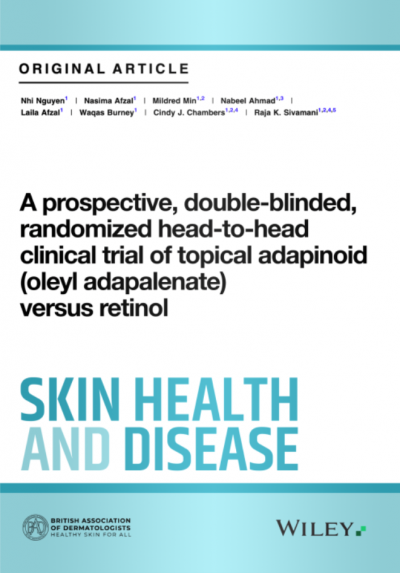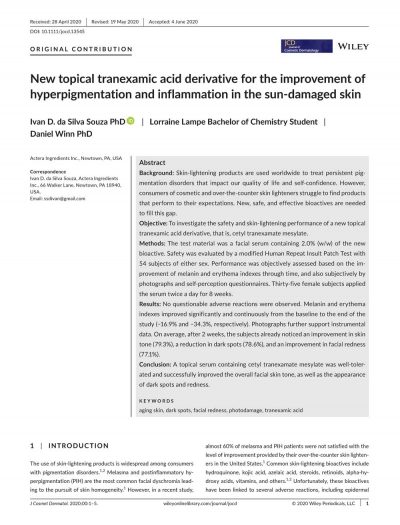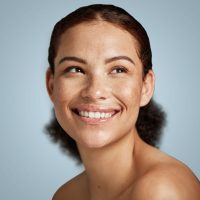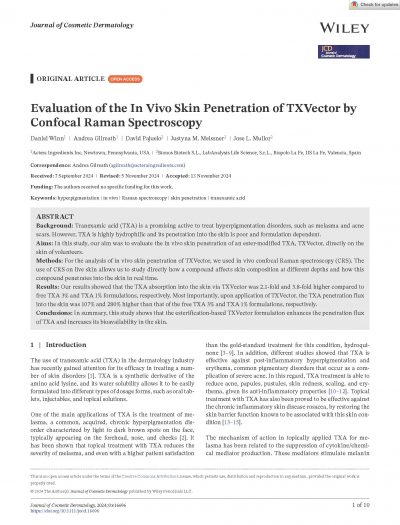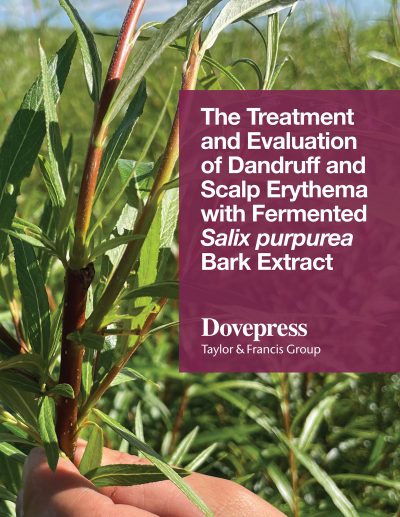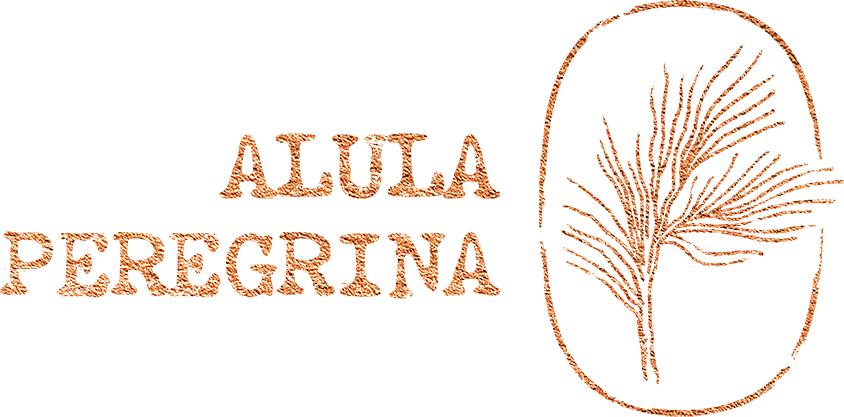The Building Blocks of Hair: Keratin and Bonds
Hair is made of keratin proteins that are linked together into chains with three main types of bonds: hydrogen, ionic, and disulfide. The strongest of these bonds, disulfide bonds, are vital to the strength, structure, texture, and appearance of the hair.
FAQ Quick Links:
How Hair Damage Occurs
Bonds can be broken or weakened by chemical treatments and heat styling or by everyday stress from brushing, tight hairstyles, or UV and pollution exposure. This damage can cause lifting of the cuticle, the protective outer layer of the hair. A lifted cuticle can make hair feel rough and brittle and give a dull appearance. Damage can also weaken the keratin protein chains, leading to voids in the hair. Voids increase hair porosity and decrease hydrophobicity making strands more susceptible to frizz.
The Role of Disulfide Bonds in Hair Damage
Disulfide bonds are particularly important when discussing structure and strength. Breaking disulfide bonds causes the formation of free thiol groups which act as a marker of structural damage. If left untreated, thiol groups leave keratin protein chains vulnerable to more permanent damage.
Repairing Hair Damage with TeraBond
Thankfully, with Actera’s expertly engineered active, TeraBond, disulfide bonds can be repaired at the molecular level to help restore structure, strength, shine, and smoothness. Traditional actives use controversial ethoxylated chemicals, but TeraBond is the only 100% natural, safe, and renewable bond multiplier on the market.
Why TeraBond Is Different from Traditional Actives for Hair Damage
TeraBond is clinically proven to repair 50% of broken disulfide bonds after only one treatment, restoring structure and strength, filling voids to reduce porosity and increase humidity-resistance, and sealing the cuticle to improve smoothness, shine, and frizz.
Versatile Applications: Salon and At-Home Use
TeraBond works in a variety of formats and applications. You can use TeraBond in salon formulas and chemical treatments to prevent bond breakage during processing or formulated into at-home products for daily maintenance.
FAQ
What types of formulas can TeraBond be used in?
TeraBond can be used in a variety of formats including salon-ready systems or home products such as shampoos, conditioners, leave-in creams, serums, masks, treatment sprays, or rinses. Inspiration can be found in our .
Is TeraBond better than keratin?
TeraBond and keratin both make hair look and feel healthier, but have different mechanisms. TeraBond rebuilds broken disulfide bonds in the hair’s internal structure while keratin replaces depleted proteins and seals the cuticle.
Can I use TeraBond on color-treated hair?
Yes. TeraBond is safe for color-treated hair. It can be used during coloring processes to decrease the damage caused by processing or as daily/weekly maintenance to keep color-treated hair strong, smooth, and vibrant.
Does TeraBond work for curly hair?
Yes. TeraBond works to rebuild broken disulfide bonds in hair which acts to repair curl structure and restore shape, shine, and bounce.
How quickly are results seen?
Visible results can be observed after just one use.
How often should TeraBond be used?
TeraBond can be used daily or weekly with at home products and should be used in-salon with any oxidative processes to reduce damage at point of service.
Will TeraBond weigh hair down?
No. TeraBond is very light weight and won’t weigh hair down.
Is TeraBond Clean at Sephora?
Yes. TeraBond is 100% natural, safe, and renewable and is Clean at Sephora.

